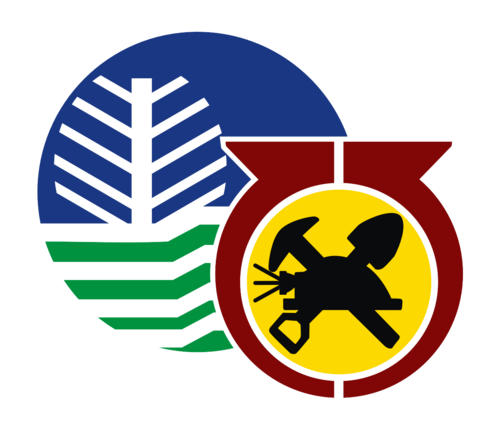Iloilo City – Ms. Mae Y. Magarzo, Chief Geologist of the Mines and Geosciences Bureau, DENR Region 6 presented the process and requirements in the assessment of a proposed sanitary landfill site during the 2nd quarter meeting of the Regional Land Use Committee (RLUC) on June 23, 2020. The RLUC facilitated the virtual meeting following health and safety protocols in view of the COVID-19 pandemic.
RLUC chairperson Ms. Ro-ann Bacal, Regional Director of the National Economic Development Authority Region 6, said “an established sanitary landfill in the region is very important, especially in this time of the pandemic, when there is an expected increase in the volume of solid wastes and hospital and infectious wastes.”
Republic Act 9003, The Philippine Ecological Solid Waste Management Act and its implementing rules and regulations mandate the local government to establish a comprehensive solid waste management system and waste management plans. And one necessary element of a working solid management system is the establishment of a sanitary landfill site in each locality.
Ms. Magarzo explained that an Environmental Compliance Certificate (ECC) is required for the establishment of a sanitary landfill site. The MGB is tasked to assess the suitability of a proposed sanitary landfill site for the Environmental Management Bureau (EMB) to issue the ECC.
The following are process and requirements when requesting from the MGB for the conduct of a sanitary landfill site assessment of an area:
- Letter address to the Regional Director of the Mines and Geosciences Bureau from LGUs concerned requesting for the conduct of Geoenvironmental Assessment of their proposed Sanitary Landfill Site:
- Submission of the following requirements (4 copies each): a) Vicinity/Location Map; b) Lot Plan with Technical Description and Tie Line; c)Proposed/Approved Site Development Plan; d)Topographic Map/Plan; e)Grading Plan (if applicable); f)WACS (Waste Analysis and Characterization Study)
- Payment of Fees to MGB 6 Cashier
- Field assessment (topography, geology, type of soil, geohazard (rain-induced landslide/flood), hydro-geologic condition, etc.)
- Collection of water samples from river/springs/dug well, etc. within the immediate vicinity of the proposed site to determine the baseline data of groundwater quality.
- Test pitting and collection of soil samples from the test pits dug in the project site to determine the type of soil underlying the proposed site.
- Submission of the soil samples to the laboratory for analysis (grain size and plasticity index, liquid limit and plastic limit) to determine the type and permeability of the soils underlying the project site.
- The proponent submits the results of the soil analysis to MGB-6.
- Report preparation
- Editing and finalization of the report.
- Endorsement of the report to the Regional Director for signature.
- Endorsement of the report to the proponent.
Further, Ms. Magarzo explained that in assessing a possible sanitary landfill site, the following criteria are used: area capacity and availability, haul distance, proximity to sensitive groundwater resources, proximity to perennial surface water, the occurrence of flooding, proximity to sensitive land users, local ecological conditions, current and future land use, seismic condition, geologic condition, soil/land condition, topography, and proximity to airports.
